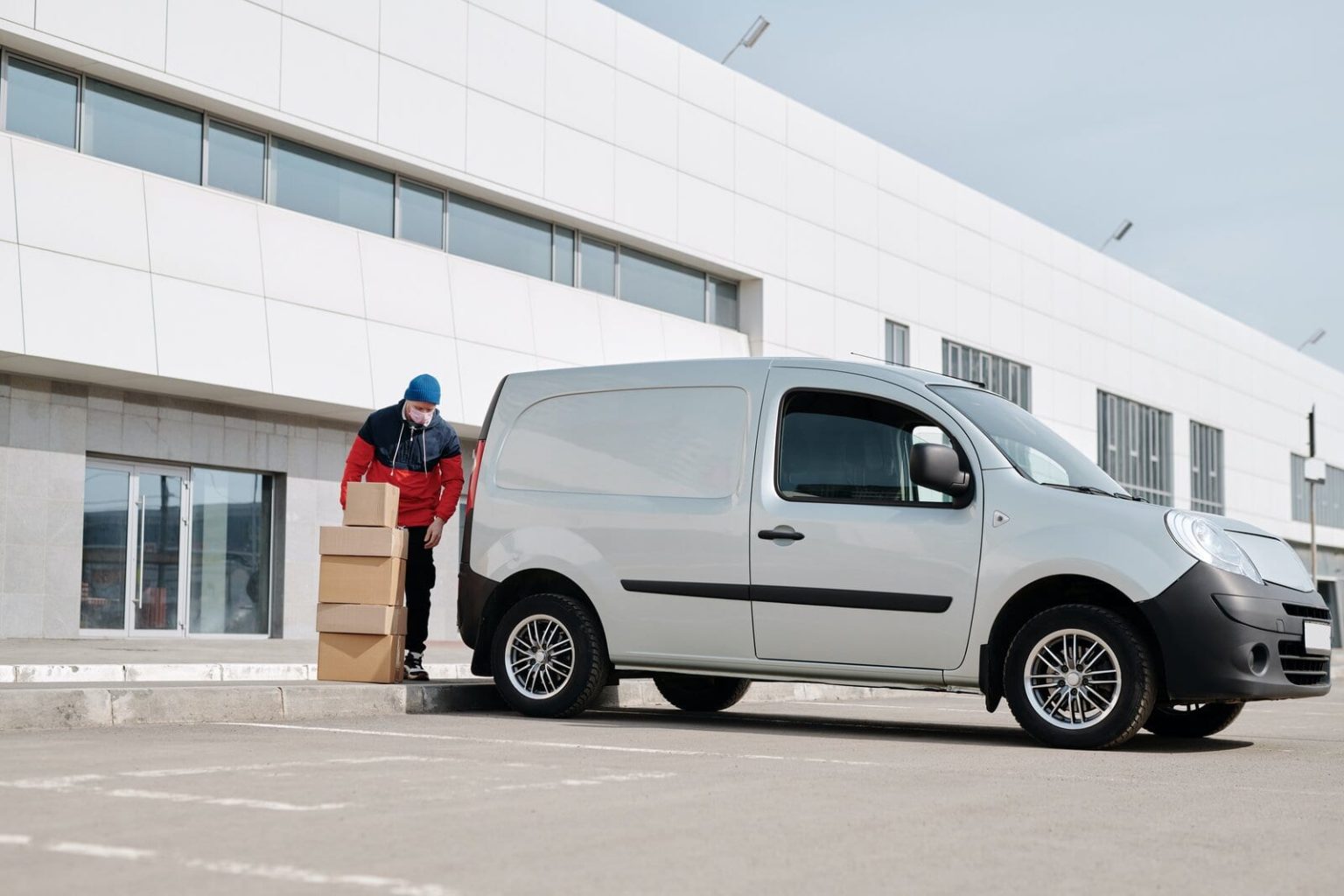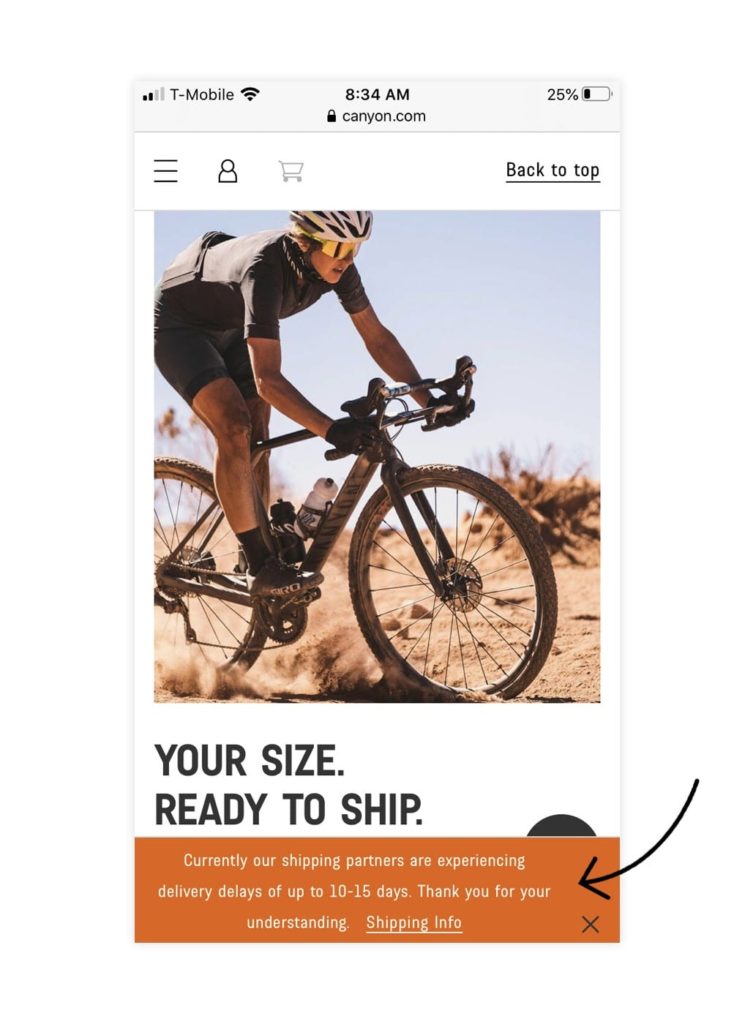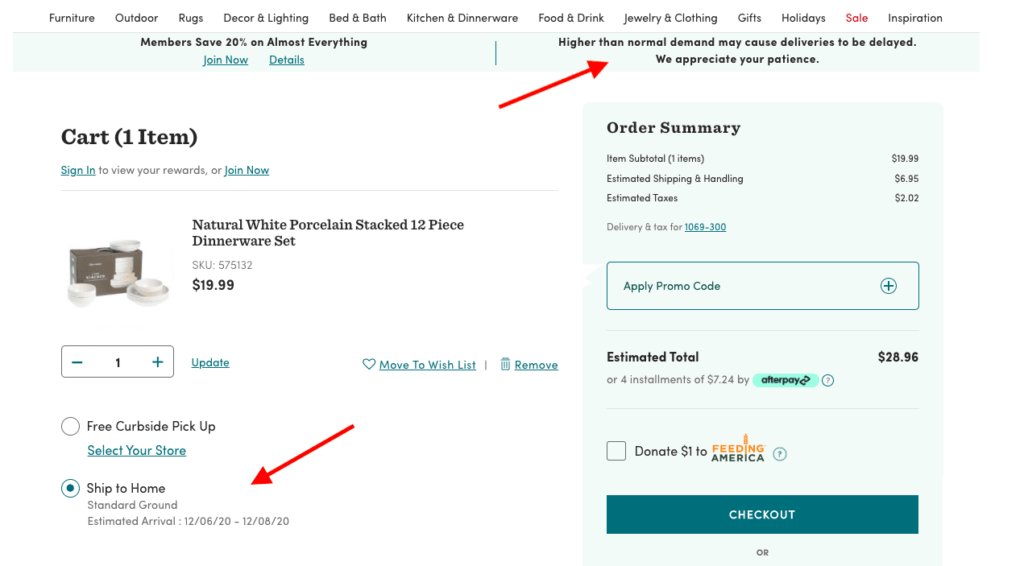How to communicate a shipping delay to customers
40% of consumers report delivery is the single most important factor in an online purchase. Here’s how to ensure you don’t overpromise and underdeliver.

40% of consumers report delivery is the single most important factor in an online purchase. Here’s how to ensure you don’t overpromise and underdeliver.

This year, close to 52% of direct-to-consumer (DTC) brands have seen surges in demand.
With the spike in order volume, shipping delays are on the rise too. Retailers are taking an average of 1.5 days longer than normal to fulfill orders, according to Narvar data. (That doesn’t include separate postal service delays.)
That’s the demand side of the equation. 40% of retail members of the National Retail Federation say they are also experiencing supply chain disruptions. Other research puts the number even higher.

All of this to say that e-commerce businesses are facing a perfect storm of more online orders, supply chain challenges, and a large number of customers who have come to expect speedy deliveries.
To prevent long-term damage to your reputation, there’s a simple solution: communicate.
You’re going to need to increase your communication at all stages of the buyer’s journey. Here are the strategies you can deploy:
There’s no better place to start setting expectations than at the beginning. Here are two strategies you can use before someone’s even added a product to their cart.
There’s nothing more frustrating than going through the entire checkout process to get an estimated delivery time frame that is double what you expected. (Mostly because people often need an item by a specific date.)
Thankfully e-commerce stores are increasingly adding estimated delivery time frames on their product detail pages. Not only does it improve the shopping experience, but it’s an excellent way to communicate a shipping delay to customers.

To add the same functionality to your website, you need three pieces of information:
1. Customers’ locations: this can be done by using a customer’s IP address or by requesting the location from your customer’s browser.
2. Order fulfillment: how long does it take for an order to leave your warehouse?
3. The shipping carrier’s timeframe: most shipping carriers allow you to connect with them electronically to get this information.
Another option is to use an out-of-the-box app like Get It By, which does all of these calculations for you.

Some of the most common questions your customer service team faces center around delivery dates and shipping costs.
So it makes sense to be proactive and create a shipping policy. Here’s an example from Everlane.

As you can see, Everlane added a COVID-19 note to let customers know they can expect delays. Even if you aren’t experiencing any expected shipping delays, it doesn’t hurt to convey the possibility that there will be.
Then during a time where you’re experiencing delivery issues, you can advertise it sitewide. Here’s an example from the bike DTC brand Canyon.

There will be a large number of site visitors that don’t notice the estimated shipping time frame or a banner with your shipping policy. That means you need to highlight any delay in shipping during the checkout process too.
Here’s an example from Cost Plus World Market that provides both an estimated delivery time frame and lets customers know they can expect delayed shipments.

With post-purchase communication like email order confirmations and SMS shipping updates, you can create a better customer experience–while sparing your customer support team from endless requests to locate a package.
An order confirmation email is a transactional email informing customers that you received and/or processed their order. It usually contains tracking information and a link to an order status page. Here’s an example of how Nike uses this email to communicate a shipping delay.

With automated SMS order status updates, you can preempt any questions and provide a level of transparency your customers will appreciate.
While it might seem unnecessary if you’re already sending automated emails, text messages have 98% open rates, so they’re a good compliment to your emails.
If you’re interested in learning more, this article covers how to automate your SMS shipping updates.
If you follow the above steps and fully outline the possibility of shipping delays and provide a reasonable estimate of delivery, you’ll rarely have a reason to apologize.
However, there will be instances where a customer places an order and there are additional delays that you didn’t communicate.
Instead of seeing these buyers as a lost cause, you should see it as an opportunity to gain a loyal customer. We recommend you:
Here’s a nice example from the team at SwimInn. While they don’t offer any coupon or refund, they provide a lot of explanation around the difficulties they’re facing. The fact the message comes from their CEO is also a nice touch.

While knowing what to do is a great step, sometimes it’s equally helpful to know what not to do.
The COVID-19 pandemic has been incredibly disruptive to businesses. One of the few bright spots is that a majority of e-commerce businesses have seen growth in their sales.
Making sure that you give your customers peace of mind at every stage of their journey not only does wonders for your customer experience. It will also determine just how sustainable your growth is after the pandemic ends.
Drew Wilkinson is the Head of Marketing at SimpleTexting. Drew has more than a decade of experience managing successful integrated marketing programs to build brands, raise awareness, and generate demand.
More Posts from Drew WilkinsonLearn how GlobalRose has increased sales and engaged more customers with SMS over the last three years.
ReadMake the e-commerce customer journey mapping process easy with this checklist.
ReadStart a text marketing campaign or have a 1-on-1 conversation today. It's risk free. Sign up for a free 14-day trial today to see SimpleTexting in action.
No credit card required